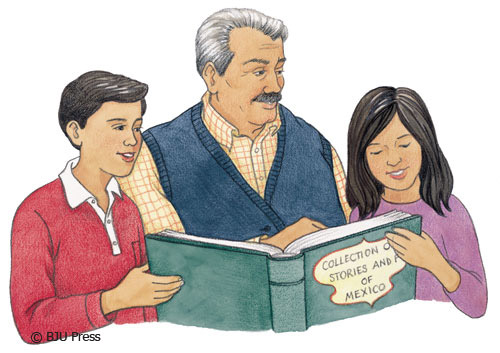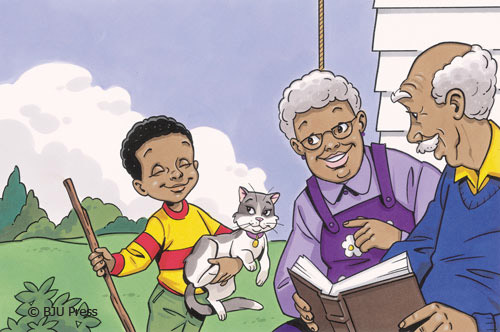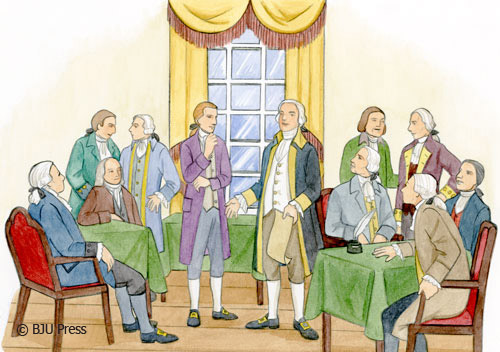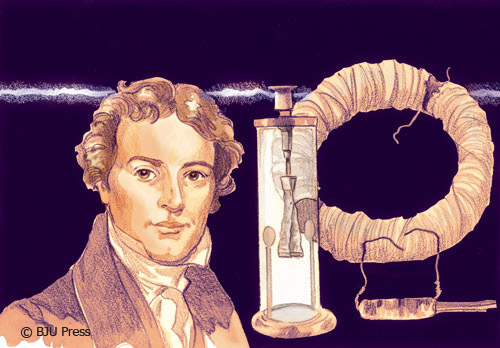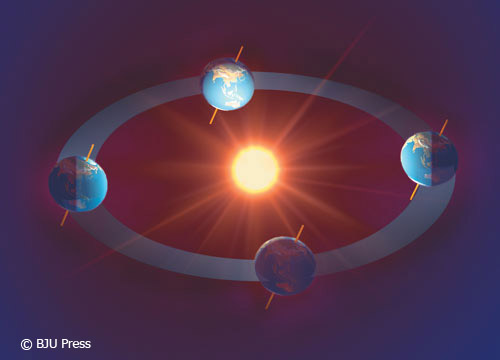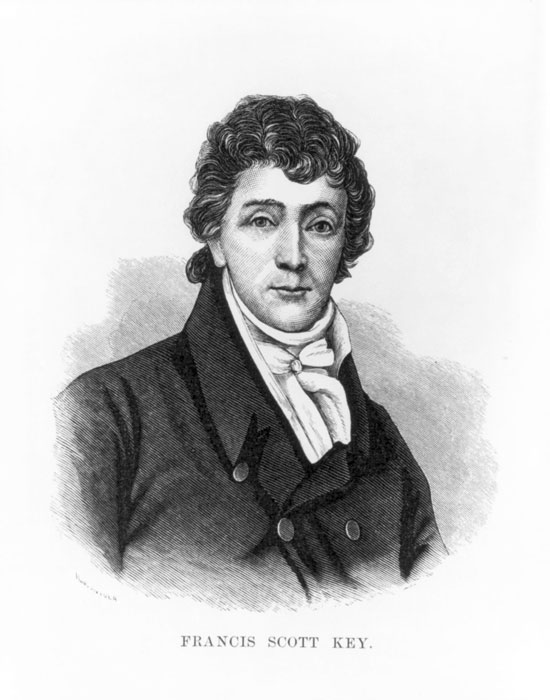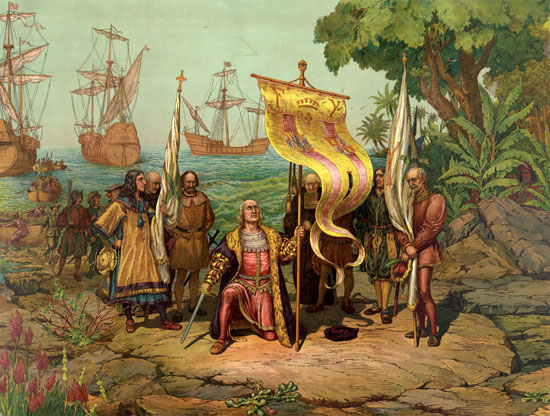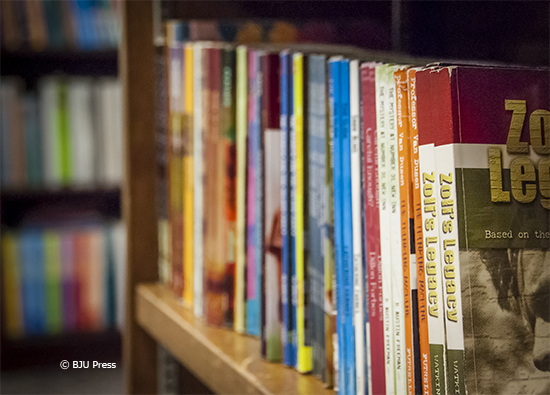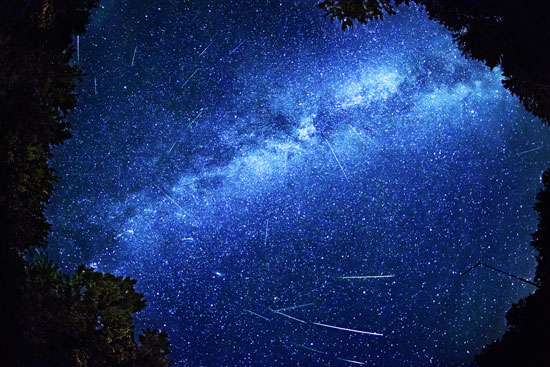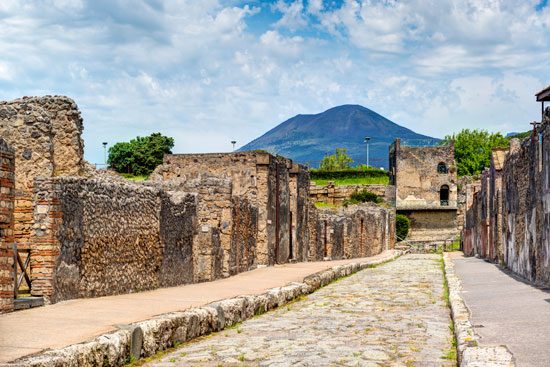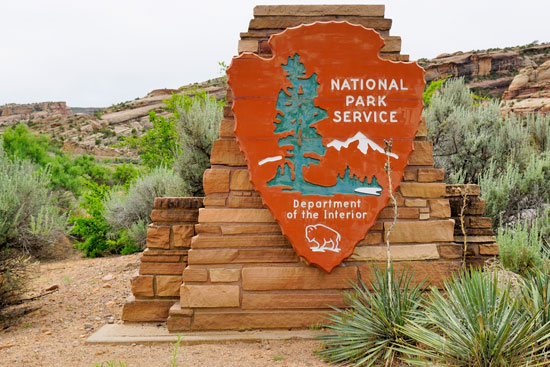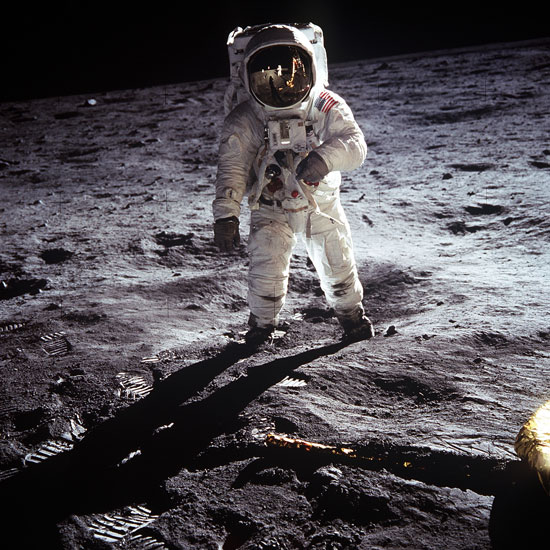
Family gatherings provide memorable educational experiences. When my dad’s side of the family gets together, we often spend time gazing up at the night sky. It can make for a long evening, but the whole experience is worth it!
Our family scientist sets up his telescope, someone checks the weather, and another person might pull up a star map of the night sky while the rest of us get chairs and blankets to make our hours outside in the cold night air more comfortable.
Once we’re all outside, the “lesson” gets started. We take turns viewing the surface of the moon, a nearby planet, or a passing meteor shower. Conversation centers on the local weather conditions, the size of a celestial object, the color something appears to be and why, or the speed of an object moving through our galaxy. Sometimes we just sit in awe of the greatness of our Creator.
By the end of our night together, we’ve all learned something new without even realizing it because our lesson has been conducted through hands-on learning.
Defining Hands-on Learning
Very simply, hands-on learning is involving one’s whole mind in understanding a concept or principle. The end goal is for the person to be actively involved in the learning process so that he or she can make connections and remember what has been taught. So how do you get that level of engagement for your child?
Involving the Whole Mind
There are two parts to facilitating hands-on learning. They also work hand-in-hand to make learning fun and memorable!
1. The Five Senses
God gave your child different senses that communicate to his brain and define memory. It’s through these experiences of hearing, seeing, smelling, touching, and tasting that he learns. These senses work together in that when something is experienced by more than one of the senses at the same time, that thing is more defined in his mind. There are times when his senses may be hindered (such as when he has a head cold). But maybe your child doesn’t have use of all five senses even when he’s healthy. God has given him everything he needs. If your child doesn’t have use of all five senses, he most likely has one or two heightened senses that compensate for any limitation.
2. Learning Styles
There’s more than one way to learn, but your child does have a predominant learning style that affects how he filters information. It’s important to understand what your child’s learning style is so that you can customize his lessons to fit his needs. Once you know how your child learns best, you can engage him in hands-on learning.
Applying Hands-on Learning
Hands-on learning involves including the different senses and your child’s primary learning styles as you teach and introduce concepts. Making connections in simple ways through different approaches (or senses) can be applied to all academic subjects. Here are some examples.
Science—constellations
- View the night sky with your child. Sometimes the naked eye might work best when pointing out the whole constellation, but a pair of binoculars or a telescope could also be used. Your eyes will need about thirty minutes to adjust to the outside lighting.
- Talk about the color, size, and distance of each star. Some constellations appear rather close together, but their stars are actually far apart.
- Make a constellation finder or plot out the location of stars on a map of the night sky.
Heritage Studies—the American flag
- Show your child a picture of the American flag. Point out the colors, stripes, and stars. Talk about the flag’s symbolism.
- Listen to a recording of the national anthem and sing along. Be sure to point out the words that describe the American flag.
- Draw, paint, or color a picture of the American flag. Discuss the proper way to display it.
Math—multiplication
- Have an equation written out for your child to see. Another helpful visual might be to use a number chart.
- Count out loud by a factor of the equation (2s, 3s, 4s, 5s, etc.) so that your child can hear the numbers.
- Use math manipulatives to make simple groupings. Blocks, coins, and edible treats work well and can add some excitement.
Each of these ideas is simple enough to do at home. They make the learning experience much more enjoyable and engaging for the whole family. That’s hands-on learning at its best!

